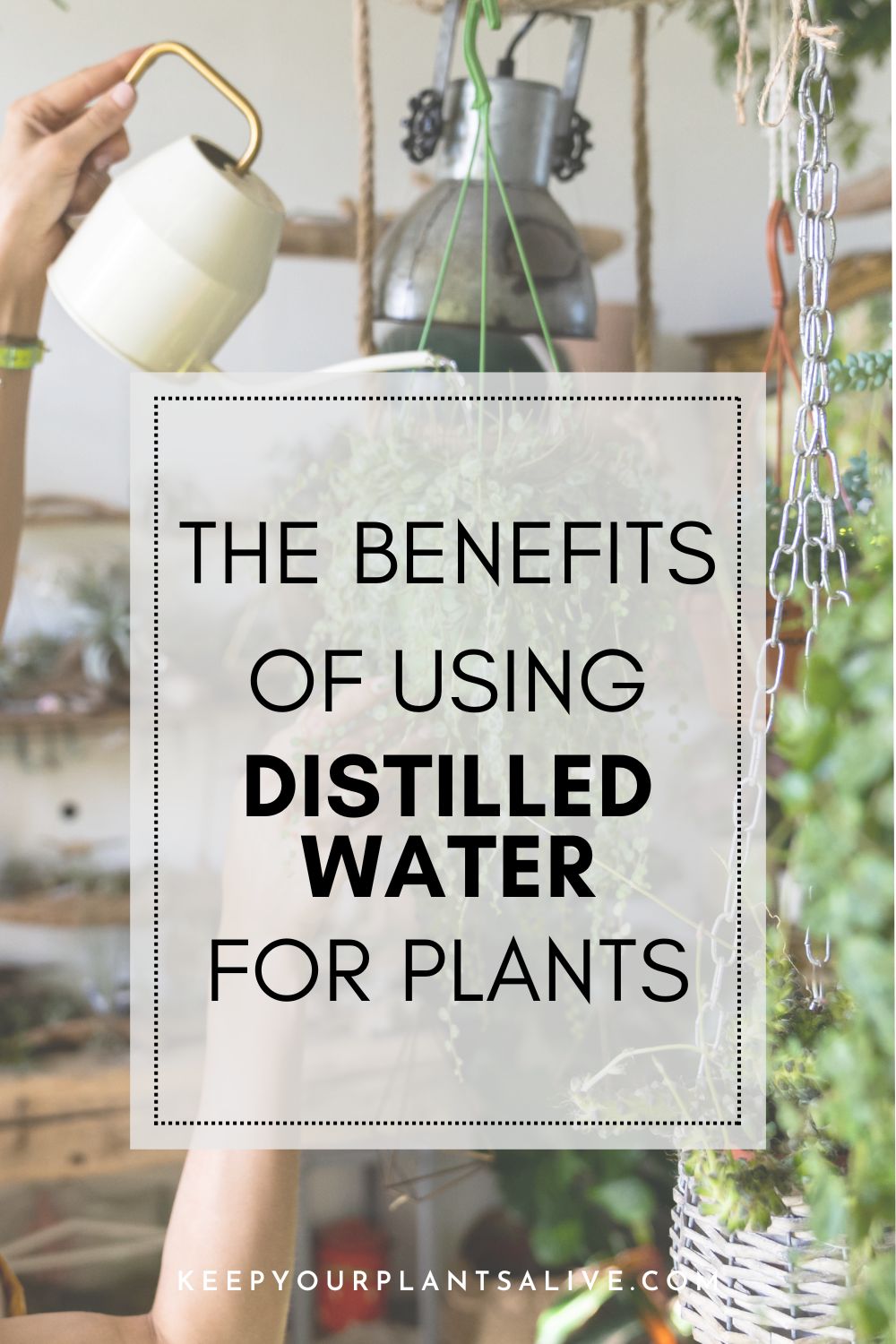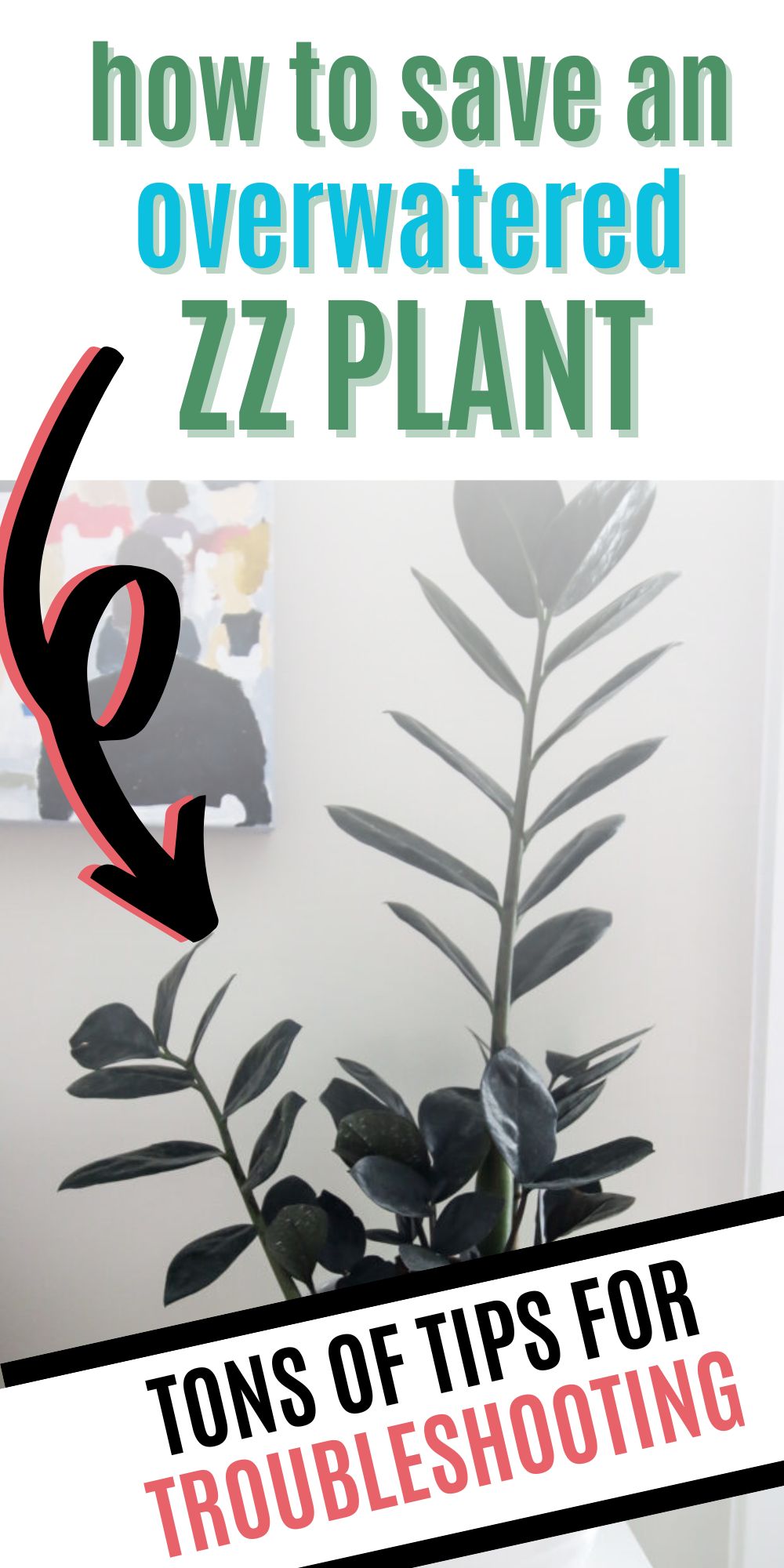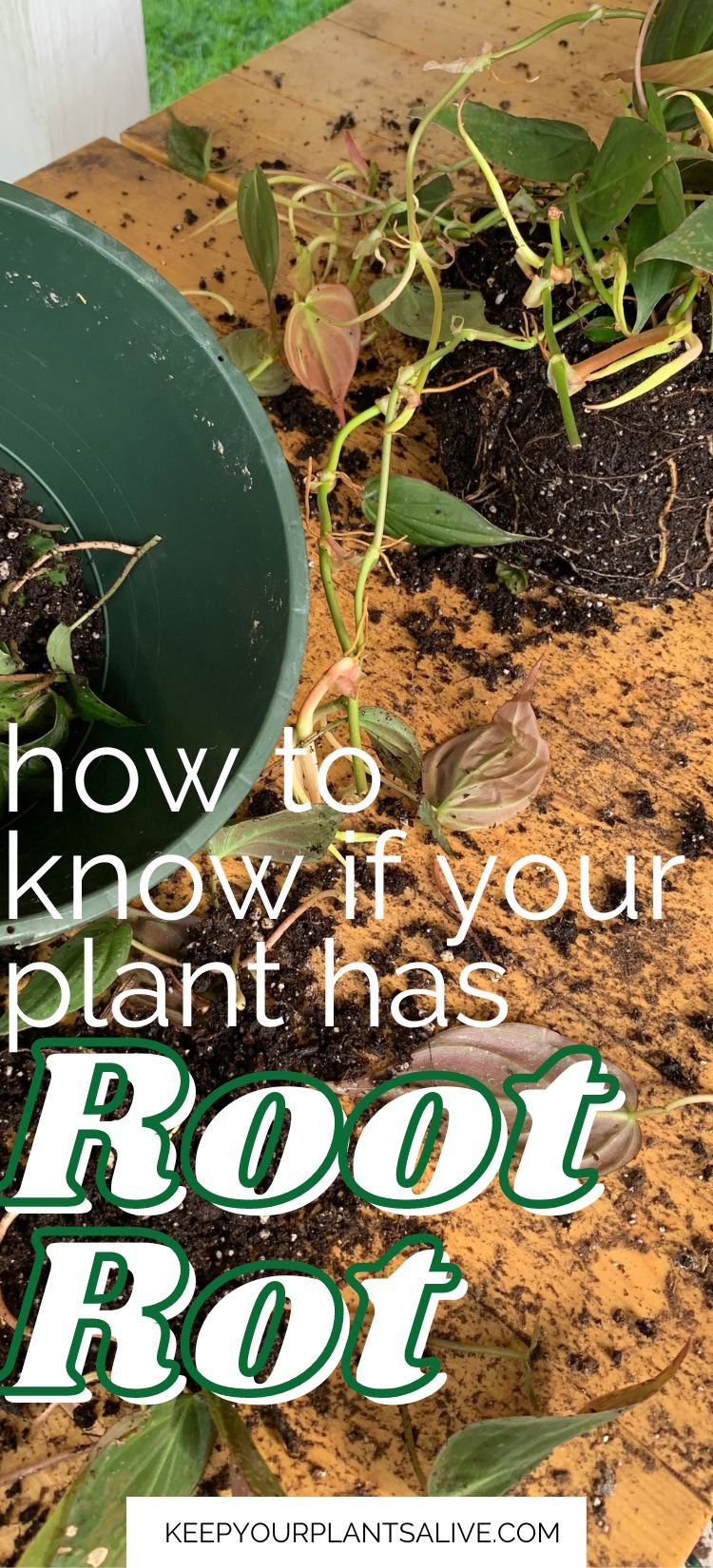Explore the essentials of watering your houseplants with our ultimate guide. Learn when to water, how much to use, and tips for remembering your watering schedule, all designed to keep your plants thriving and healthy.
I recently asked in my plant lovers Facebook group what people's biggest struggle with plant care - and the overwhelming response was watering!
When, how much, what water - there's a lot that goes into it!
So, today I wanted to take a look at watering your plants and share the best practices for keeping your plants happy and healthy.
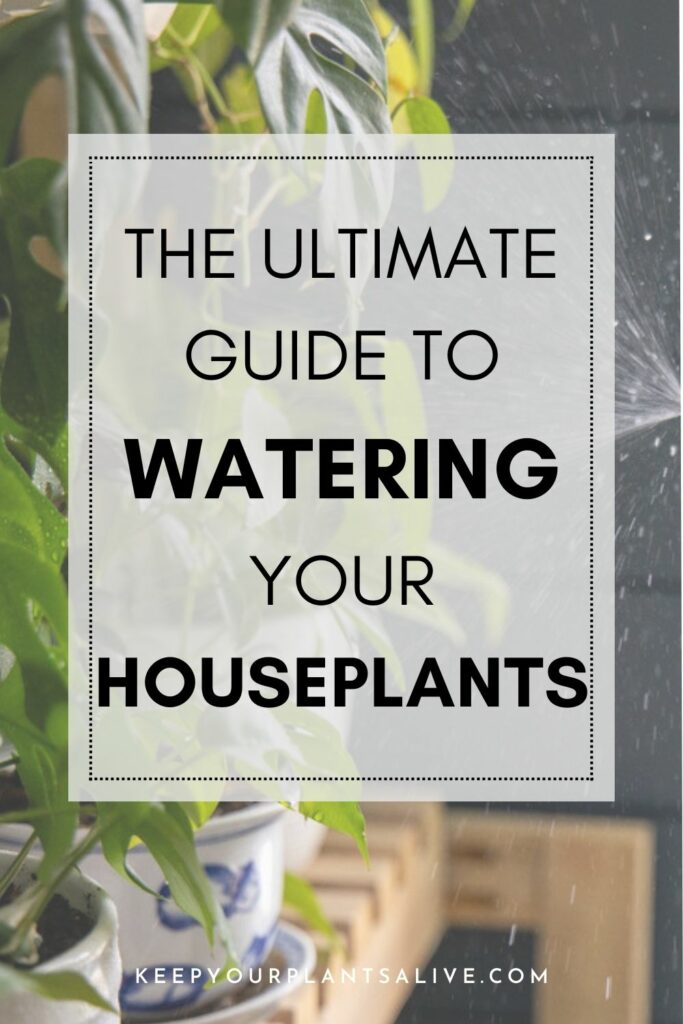
When to Water Your Houseplants
Watering your houseplants correctly is key to keeping them happy and healty. Understanding when to water is not just about sticking to a schedule—it's about observing and responding to your plant's needs.
Understanding Your Plant’s Needs
Different plants require different watering frequencies.
For instance, succulents thrive on minimal water and prefer their soil to dry out completely between waterings, while ferns might need consistently moist soil to flourish. To get it right:
Check the Soil: Before you water, check the soil moisture. You can do this with the finger test—stick your finger about an inch into the soil. If it feels dry, it’s time to water.
Signs of Under-Watering and Over-Watering
Your plants will often tell you when they're unhappy. Here’s what to look out for:
Under-Watering
Drooping Leaves: If the leaves look wilted or droopy, it could be a sign they’re not getting enough water.
Dry, Discolored Leaves: Leaves that are brown and crispy on the edges are a common symptom of under-watering.
Over-Watering
Overly Soggy Soil: Consistently wet soil can lead to root rot, which will kill your plant.
Discolored Leaves: Yellowing leaves can often be a sign of too much water.
By understanding these signs and checking your plant's soil, you'll become better at knowing exactly when your green friends need a drink.

How Much to Water your Plants
Getting the amount of water right is crucial for the health of your houseplants.
Here’s how to make sure you’re giving them just enough, but not too much.
One of the best approaches to watering your houseplants is the "soak and dry" method. Here’s how it works:
Soak and Dry Method
Water your plants thoroughly, allowing the water to run through the soil and out of the drainage holes at the bottom of the pot. This ensures the roots get enough moisture.
After watering, allow the soil to dry out before the next watering. This cycle helps prevent root rot and mimics natural rainfall patterns that many plants are adapted to.
This also works great when bottom watering a plant!
Adjusting for Plant and Pot Size
The size of your plant and its pot also affects how much water it needs.
Larger plants in larger pots will generally hold more moisture longer, whereas smaller pots dry out faster.
Always consider the volume of soil and root mass when determining how much water to use.
Seasonal Adjustments
Plants react to seasonal changes, and so should your watering habits. As seasons change, so do the light exposure and indoor temperatures, which can affect how quickly soil dries.
During the warmer, brighter months, plants may need more frequent watering as they use up water faster and evaporation rates are higher.
Conversely, in winter, when plants typically enter a dormant phase and light levels are lower, you should reduce the frequency of watering to match the slower growth rate and decreased water usage.
By understanding these principles and adjusting your watering strategies accordingly, you can ensure that your houseplants receive the optimal amount of water throughout the year. This careful attention to their hydration needs not only promotes their health but also enhances their growth and beauty.
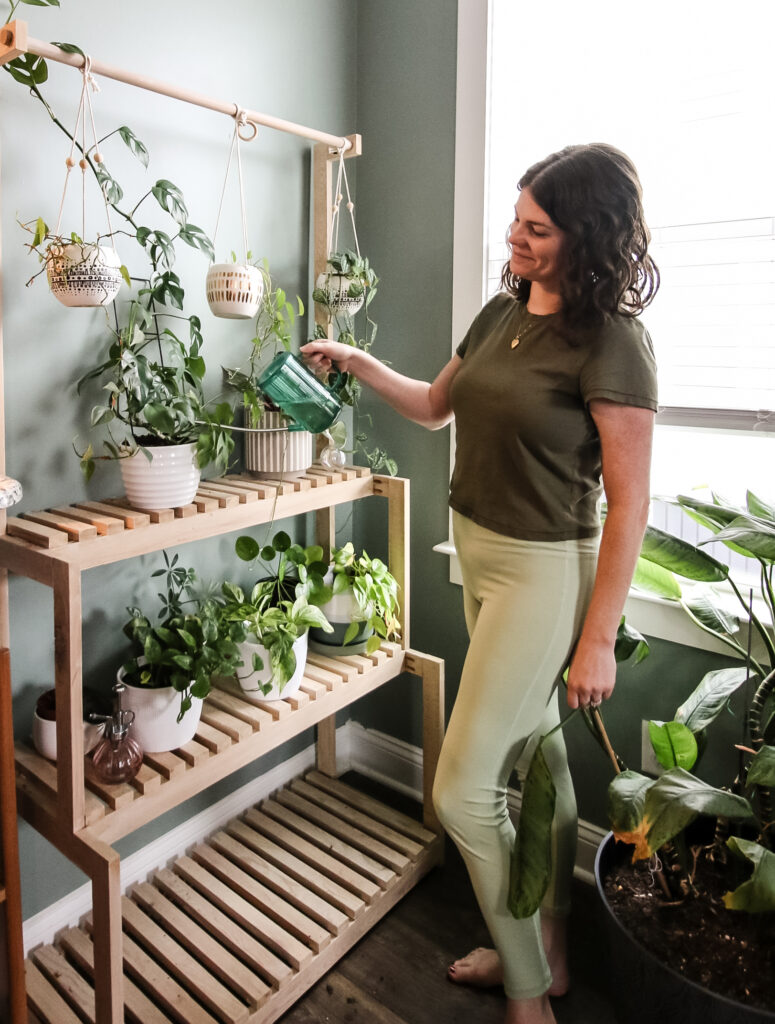
The Best Type of Water to Use for Your Houseplants
Choosing the right type of water can make a significant difference in the health and growth of your houseplants. Different water types can contain various minerals and chemicals that may affect plant health either positively or negatively.
Here, we compare tap water, rainwater, and distilled water to help you decide the best option for your green friends.
Tap Water
- Pros: Tap water is the most convenient and accessible option for most people. It often contains minerals that can be beneficial to plant growth.
- Cons: However, it can also contain chlorine and fluoride, which are added for human safety but can be harmful to plants over time. In areas with hard water, high levels of calcium and magnesium might lead to mineral buildup in the soil, potentially harming plant roots.
Tip: If you're using tap water, it’s a good idea to let it sit out overnight before watering. This allows chlorine to evaporate and the water to reach room temperature, reducing shock to the plants.
Rainwater
- Pros: Rainwater is often hailed as the best watering option for houseplants. It is naturally soft and free from the chemicals and minerals found in municipal water systems. Rainwater also contains nitrate—a natural fertilizer—which is readily absorbed by plants.
- Cons: The main drawback is availability; depending on your climate, collecting sufficient rainwater can be challenging.
Tip: Set up a rain barrel or a simple collection system to gather and store rainwater. Make sure your collection system is clean to avoid introducing any bacteria to your plants.
Distilled Water
- Pros: Distilled water is the purest form, with all minerals and contaminants removed. This makes it a safe choice for sensitive plants that react poorly to chemicals in tap water.
- Cons: It lacks the minerals that plants need to thrive, which isn't ideal for long-term plant growth unless supplemented with nutrients.
Tip: Use distilled water sparingly, primarily if your tap water is extremely hard or chemically treated. Consider adding nutrients or cycling with other water types if you use distilled water regularly.

Tips to Remember to Water Your Plants
Keeping your houseplants hydrated doesn't have to be a chore or a memory test. There are fun and innovative ways to ensure you never miss a watering day.
Remember - don't water by a schedule, but when your plants are dry. But, having a schedule to check your plants dryness can be crucial to remembering to water them!
Here's how you can make use of technology and a bit of creativity to keep your watering schedule on track.
Using Technology
Leverage the power of technology to keep your plants thriving.
There are several apps available that not only remind you to water your plants but also help you track watering schedules, growth progress, and even plant health.
Apps like 'Planta', 'Vera', and 'WaterMe' are great options to explore.
They can be set up with notifications that fit into your daily routine, ensuring that your plants get attention when they need it.
If you're more of a hands-on person or enjoy crafting, these creative ideas might be right up your alley:
- Water-Themed Stickers: Make or purchase stickers with water droplets, watering cans, or plant motifs. Place these stickers on your calendar on the scheduled watering days. This not only serves as a visual reminder but also adds a bit of fun to your routine.
- DIY Reminder Boards: Create a small reminder board in your living area or kitchen where you can pin notes about your watering schedule. You can get creative with materials like cork, chalkboard, or magnetic boards. Decorate with plant-themed decorations to keep it lively and engaging.
- Phone alarms: Set a reminder or alarm on your phone so you are alerted and never forget to check your plants
By incorporating these technological tools and creative strategies into your routine, you'll find that remembering to water your plants becomes a seamless—and even enjoyable—part of your day!
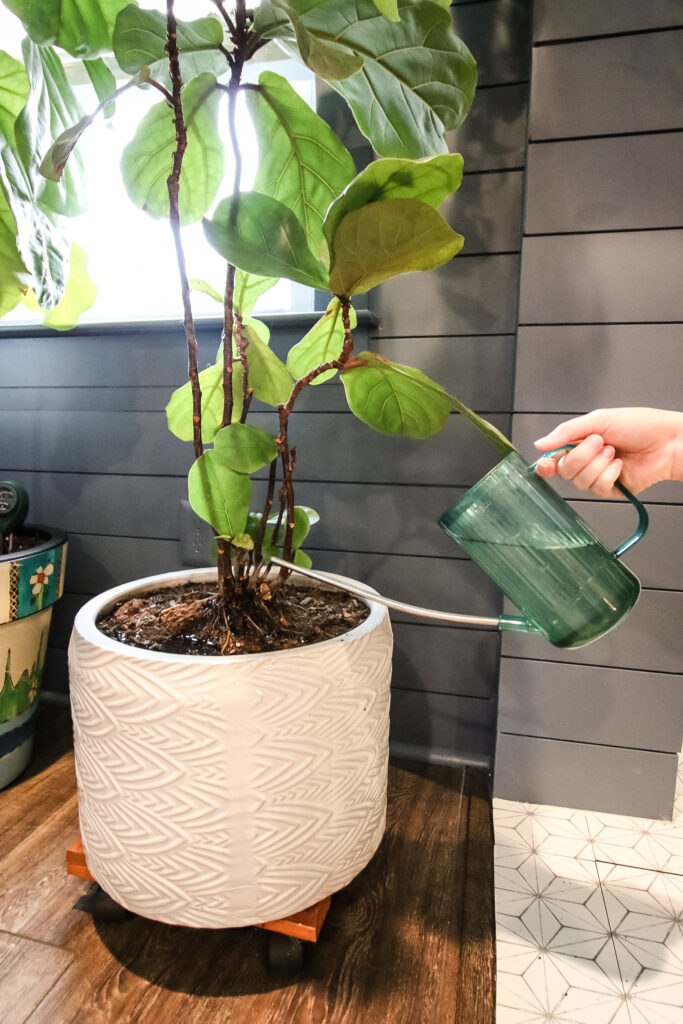
How to Water your Plants when you are out of town
Going out of town doesn't have to spell disaster for your beloved houseplants. With the right preparations and some clever DIY solutions, you can ensure your plants stay hydrated and healthy in your absence.
Before you leave, take some time to prepare your plants for the time you'll be away. Here’s how you can care for your plants while you are out of town!
Deep Watering
A day before you leave, give your plants a deep watering. This involves watering the plants slowly and deeply, allowing the water to reach the roots effectively.
This can help sustain them for a longer period without water.
Other Solutions
If you’re planning to be away for more than a few days, these DIY solutions can be lifesavers for your plants:
Water Basin Method
Place your plants in a shallow basin or a bathtub filled with a few centimeters of water. The idea is to allow the roots to wick up moisture from the bottom, providing a steady source of hydration.
Make sure the pots have drainage holes and are not left in more water than necessary, as this can lead to root rot.
Self-Watering Setups
You can create a simple self-watering system using materials like a plastic bottle or a wick. Here’s a quick guide:
Bottle Drip System: Fill a water bottle, make a small hole in the cap, invert it, and plant it in the soil near the plant’s roots. Water will slowly drip, providing moisture over several days.
Wick System: Use a piece of cotton or rope as a wick. Place one end in a container of water and the other in the plant's soil. The wick will draw water into the soil, keeping it moist.
By using these strategies, you can enjoy your time away knowing your plants are well taken care of. These simple yet effective methods will ensure your plants receive plenty of water in your absence, helping them stay lush and vibrant until you return.
Thanks for reading!


Hey there, I'm Morgan, a houseplant enthusiast from sunny Charleston, South Carolina. Growing up surrounded by my mom's lush orchids and African violets, I discovered the magic of bringing nature indoors. Thanks to the pandemic, I delved deeper into houseplants, discovering their power to uplift moods and transform spaces. I'm here to spill all my secrets, helping you pick the perfect houseplant - and make it happy. Let's keep your plants alive, together! 😊

